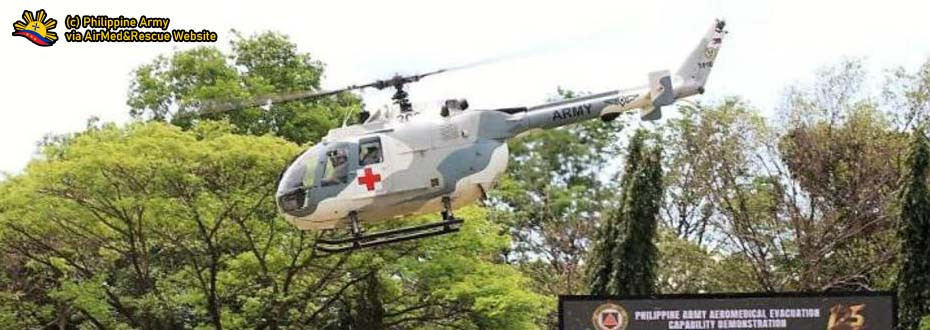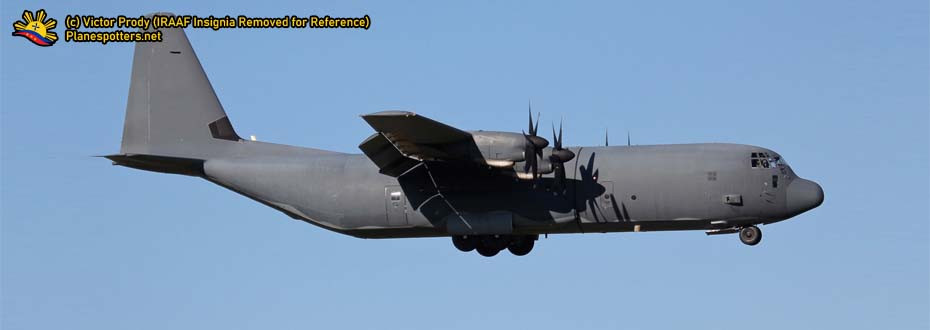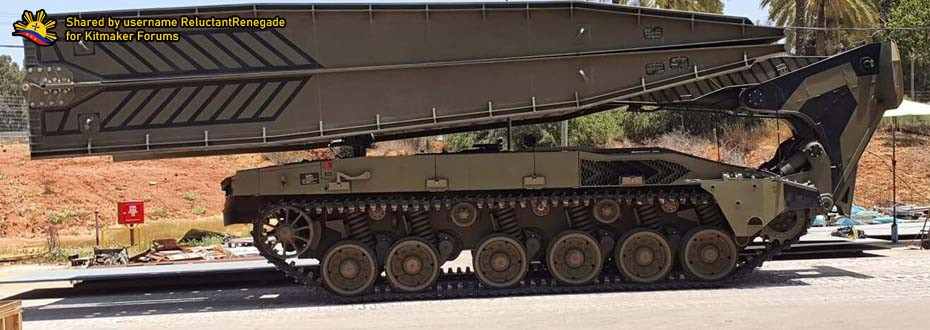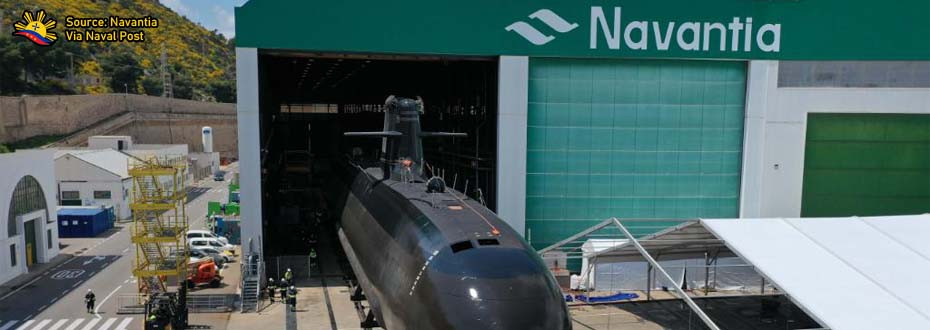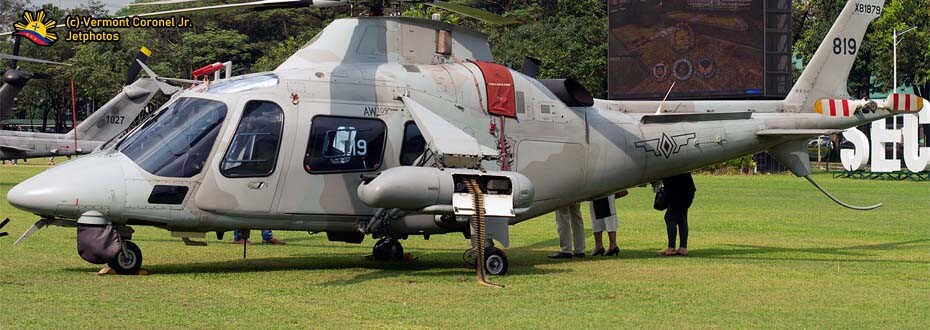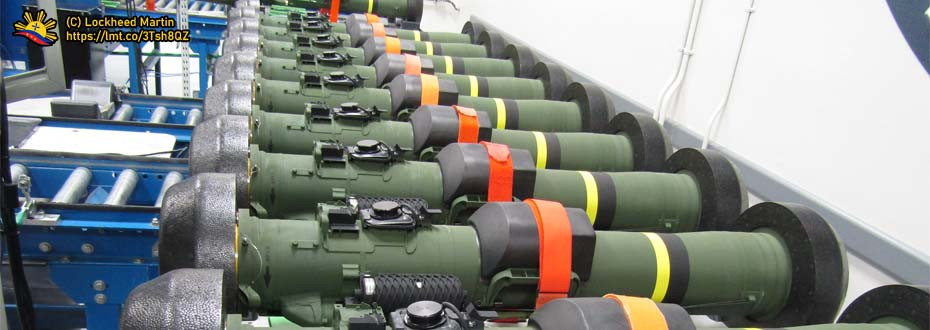IN THE HEADLINES
 |
| A ThyssenKrupp Marine System HDW-214 submarine for the Greek Navy. Photo obtained from Wikimedia Commons. |
These plans of purchasing necessary military tools provide the opportunity for defense companies to supplant the needs by participating in deals, undertake transactions and negotiations, and eventually, if all goes well, bagging the contract. This is what the German Shipbuilding Company ThyssenKrupp is aiming in the Philippine market. As reported in this article from The Manila Bulletin, they expressed a strong interest in participating in the AFP Modernization Program especially on the projects that line up to this company's specialty which is to built combat ships for the Philippine Navy. Add to this as specified in the same news article the optimism this company has on the country where a regional hub was opened in Bonifacio Global City in the same way SAAB opened its office in the country years ago. This definitely ranges from frigates to submarines in which it may help the country in a way to protect and defend the huge coastline and the national territory which is archipelagic in a geographical setting.
With this promising gesture coming from the company, it is worth determining its products that it presently markets as well as the plans of the Armed Forces especially in its Navy fleet covering the Second Horizon. This covers the picture about the things that might come in the future should any negotiations or transactions between ThyssenKrupp and the Government may take place therein.
THE COMPANY
 |
| The ThyssenKrupp company, a German-based Shipbuilding Company specialized in building frigates and submarines. From MaxDefense |
ThyssenKrupp is a German multinational conglomerate with its business lines primarily about steel production and industrial engineering. For the latter, it covers Automotive component technology, elevator technology, aerospace solutions, and of course shipbuilding.
The shipbuilding part was done through its subsidiary group named ThyssenKrupp Marine Systems or TKMS. They are the ones who built frigates, corvettes, and submarines intended for the end customer to obtain in the protection of their respective own waters especially in a geographical setup which covers a lot of territorial waters like the Philippines.
ThyssenKrupp's presence in the Philippines is something new where aside from naval shipbuilding, they are also desiring to re-invigorate local industry, in particular, the manufacturing sector in which in turn provides jobs to the citizenry.
Those acts that were given is somewhat commendable for this company was providing the necessities in an industry is really their thing. And with that, their desire to enhance the growth of the Philippine economy and reaping the benefits of it intensifies a bit where supplying military assets in a form of naval vessels is something they are willing to offer to the AFP as it pushes further unto its Modernization Program, now at Horizon 2.
Hence, this may provide at least an idea with regards to the naval products they produce in line to the needs of the Armed Forces especially the Philippine Navy, should the decision-makers in the government welcomes the idea of purchasing such product from them.
NAVAL PRODUCTS MADE BY THYSSENKRUPP MARINE SYSTEMS OR TKMS
 |
| One of TKMS' products, the Meko A-200 Frigate intended to Algeria. Credits to its respective owner. |
Corvettes
On the website given by ThyssenKrupp Marine Systems [link here], the company already has its experience and history in building corvettes which cater to the needs of various navies it serves. Their performance for the span of 40 years and still continuing at present produces several vessels which include Portugal's Joao Countinho-class corvettes which are the baseline of the Baptista de Andrade-class corvettes where both classes of ships were supposedly obtained by the Philippine Navy upon the offer given by the Portuguese Government last year, but the Administration's stance on "buying brand new assets" keeps it from happening.
Nevertheless, the present product composition of TKMS on the Corvette category may be helpful to the Philippine Navy's Corvette Acquisition Project slated on Horizon 2 (2018-2022) that calls for at least two units with one being funded under the 2018 budget at the cost of Php 14 Billion Pesos, higher than the ones presently intended for a single unit of new frigates to be built by Hyundai Heavy Industries costing at approximately Php 9 billion pesos per ship.
On the proposals given by ThyssenKrupp Marine Systems, it was disclosed that such an offer will be based from the MEKO A-100 corvette where the cost of manufacturing it may cut down should this ship be chosen in which TKMS wanted to built in the country where it may become affordable on a given budget plus better leverage where being a Filipino-made ship is a plus for the local industry.
 |
| MEKO A-100 Corvette design. From RP Defense |
The specs of an A-100 ship is given as follows:
Aside from the MEKO A-100 Corvette, TKMS also produces the Class 130 corvette which is presently in service with the German Navy. The name of its class in service is called the K130 Braunschweig Class Corvette which is still a MEKO-A based design. The ship of its class at present is only with the Navy of the country where ThyssenKrupp is situated. So, it shall be a good premise as to why the MEKO A-100 Corvette is offered considering that it is in service with two nations aforementioned.
Hence, it might as well be a good idea if the Philippine Government through the Department of National Defense opted for a ship like MEKO A-100 Corvette as a mainframe ship in the category. Nevertheless, it is on their best judgment with regards to what is best for them depending on threat assessment and primary needs on maritime security.
Frigates
Alongside with the corvettes, TKMS also produces many frigates in which a number of those vessels are in service with the navies across the world, serving and defending respective home nations together with their national interest with it. And in this part can be seen that the company has a wider range of weapons market in which they cater to the needs that satisfy the end-user.
These are the ones who build the MEKO 200 Frigates which are in use presently by notable countries such as Australia, New Zealand, Greece, Portugal, and Turkey together with several others. The ships are known in their respective navies on the nations aforementioned as the Anzac-class Frigates, Hydra-class Frigates, Vasco da Gama-class frigates, and the Barbaros-class frigates, respectively.
On the original plans of the Philippine Navy Sail Plan 2028, there will be at least two frigates slated for the Second Horizon where it may be a nice idea at first, but with the frigate issue especially on its subsystems gone public where the first steel cutting of the ships involved to be done by Hyundai Heavy Industries and the Defense Department on the Horizon one frigates to commence on April 30 despite the given irregularities as reported makes it more of an uncertainty. Nevertheless, such companies like TKMS may give at least a chance for the government with regards to the Second Horizon frigates if the interest given about it by the planners is once again in place.
Aside from the MEKO 200, there is also the newer MEKO A-200 which is operated by countries like Algeria and South Africa as well as the Class 124 and Class 125 frigates that are intended for German Navy Service. Among the three presently produced by TKMS, it was the A-200 version which is in operation under the navies outside Germany.
These products are what comprise the present line-up of corvettes and frigates that are currently offered by the company in its father nation like Germany as well as on several nations that seeks interest to have a deal with TKMS. And the deals do not stop on surface vessels alone where this company also produces submarines for domestic and export use.
Submarines
Alongside surface vessels, ThyssenKrupp Marine Systems also produces submarines in which it is also known for considering that Germany produces such even when they are still under Nazi rule in the Second World War in the form of U-boats. Nevertheless, the submarines that the company is producing is utilized for domestic and export consumption, in service with several navies providing asymmetrical capabilities in combat.
This company is keen to market its submarine products to respective navies that provide the essentials in terms of the protection of territorial waters from intrusion. As in the case of the Philippines, TKMS eyes the Navy market of the country where they participated on ADAS 2016 in Manila where their participation means they are keen to obtain the deal, competing against other suppliers who are also willing to supply submarines such as Sweden's SAAB A-26, South Korean companies' Chang Bogo and perhaps the Russian Rosoboronexport's Kilo 636 or Amur 1650 Submarine. For more details with regards to the Philippine Submarine Program, please refer to our article here with the link provided.
On the submarine article we posted above as highlighted, it is known that one of their products presented is the HDW class 209/1400mod submarine where its specifications given as well as the crew needed to operate the vessel may suffice the needs given the territorial, defense-nature of it which is getting in the line of having ideas of effectively protecting the nation against many threats including the ones underwater, especially if some other nation seeks a conflict in which it is impossible at present.
Some interesting facts folks. Just to take some notes, it was known that South Korea also offers submarines such as the Chang Bogo-class to countries like Indonesia. Such submarines are initially developed by Howaldtswerke-Deutsche Werft (HDW) of Germany, still owned by ThyssenKrupp Marine Systems. Its design is based on HDW class 209/1200 class submarines where the first units were built in Germany and the later produced units being manufacture in South Korea through Daewoo Shipbuilding and Marine Engineering.
Hence, this goes to show that developments such as this with the help of TKMS make South Korea capable to built such vessels by that sense where the latter produces its own where it is helpful to protect itself from a harmful adversary which is its Neighbor North Korea. With contributions made, it may help the country enhance its own submarine produce where nations like Indonesia are about to have such Korean-made subs on its own inventory.
ON LOCAL SHIPBUILDING
 |
| Photo source. |
At present, such endeavor especially in building larger naval vessels is simply not practical given that the Philippines, being the fourth largest shipbuilding nation in the world, is measured in terms of the backlog of orders from different customers.
Going back to the Manila Bulletin Article, the ThyssenKrupp Marine Systems aside from offering its naval products to customers like the Armed Forces of the Philippines, also offer that if given the chance to supply such vessels on a deal or on a contract, the building of the vessels will be done locally with jobs being provided to the citizens of the country since the payment involve comes from tax money collected from the people.
Given these important inputs, a nice idea to consider over this proposal in case things turn favorable for TKMS is to have a partnership with a local company with preferable shipbuilding in orientation so that aside from joint ventures where such undertaking makes it viable for a foreign company to have a local representative, it will also provide the legalities especially in participating on project undertakings which are either through bidding or a direct deal. Aside from that, this is another way of enhancing SRDP or Self Reliant Defense Posture where having a local defense industry for military shipbuilding is helpful to the security and the economy of the country.
Hence, the given intentions from ThyssenKrupp Marine Systems is something that the Government may consider later on where the slated terms are practically sound in terms of local production and labor force wherein partnering with a local company like Josefa slipways may pave the way to a locally-produced, foreign-designed vessel for a naval fleet to have. The BFAR vessels were produced in such a manner, being a locally-produced vessel done by Josefa while designed by US-based Incat Crowther. Nonetheless, the decision is still up to the decision-makers within the ranks to make.
THE POINTS AND THE HOPES IT IMPLIES
With this development coming in the place where a certain foreign shipbuilding company is willing to supply its products for modernization, it provides the aspirations somewhat by the sense that this is something that may feed not only the armed forces with the assets it needs but also the local economy and labor force where providing basic necessities for their families are somewhat being addressed.
Things will remain to be seen with regards to the decision making on the side of the government when it sees fit to have this proposal materialized or not. Somehow, the ideas provided here sheds a promising stance that may revolutionize the local shipbuilding industry a bit in place of locally-produced vessels or ships in which it was proven with the Multi-mission offshore vessels being done by a locally-based shipbuilder. That potential may enhance further with partnerships taking place in a sense that designs, technology, and manpower are getting altogether, providing capabilities that a local fleet may need.
Hence, the said proposal as hope may be taken into consideration where benefits will be emphasized where parties involved may gain in the process. Nevertheless, it is nice to assess these things up before making a decision. All of these things, therefore, are in line with the dreams, aspirations, and inspirations of what it means to have a capable nation where in this scenario, there will be gains both in economic and security/defense terms.








